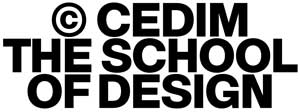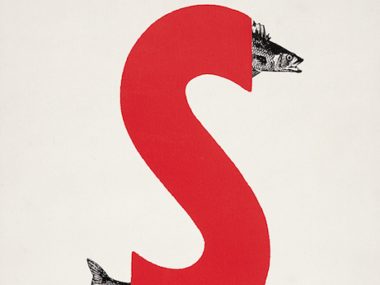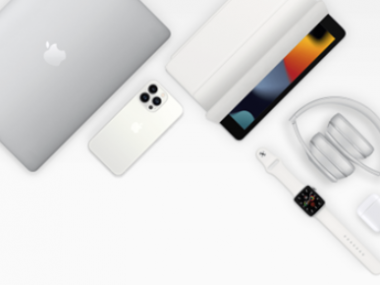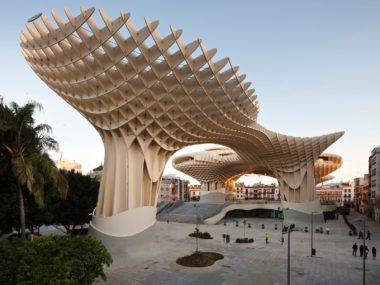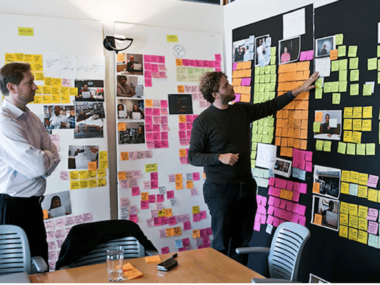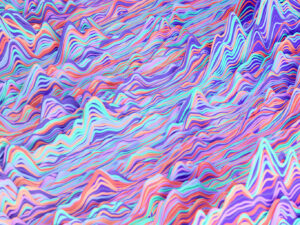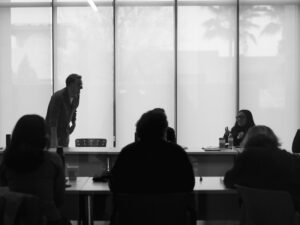Design
thinking is more than just aesthetics; it’s a comprehensive approach that
enriches our lives and helps us navigate the complexities of the modern world.
It is about bringing people together, promoting sustainability, and fostering
wellbeing.
When applied effectively, design thinking can
serve as a tool or framework to encourage, guide, and amplify creativity in
ways that lead to beneficial, optimistic, and meaningful results. Design can be
employed as a force for good, fostering positive and innovative thinking in
various aspects of life and work.
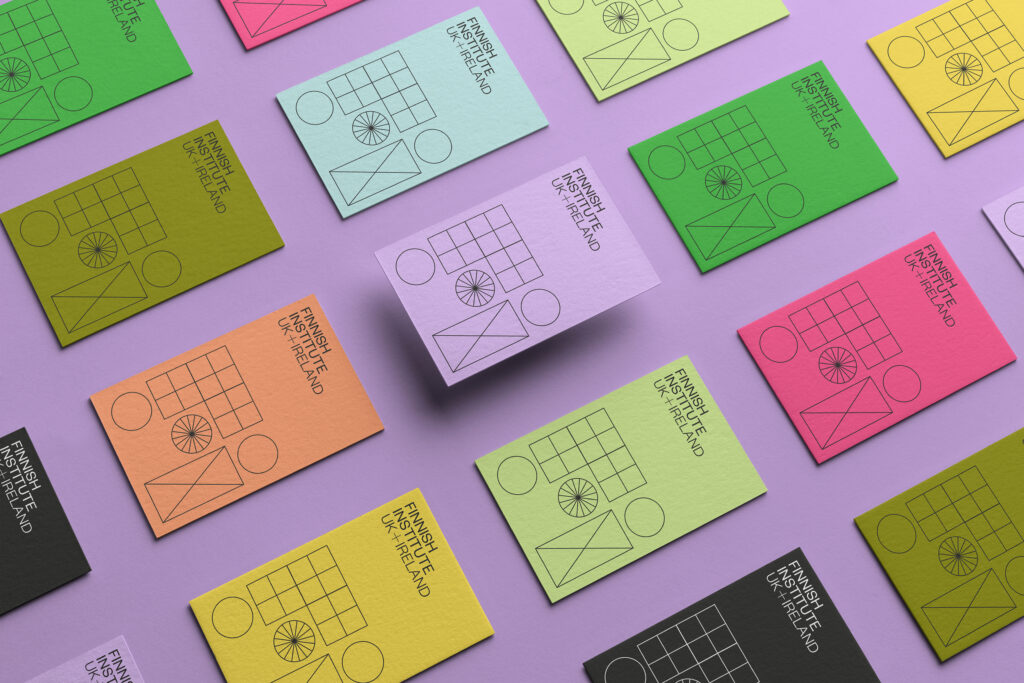
Bringing people together
In a world where physical and digital spaces are constantly evolving, design is a powerful force that can shape how people connect and interact. Whether it’s through the creation of inclusive public spaces, collaborative work environments, or innovative digital platforms, design plays a pivotal role in bringing individuals from diverse backgrounds together.
Ask yourself:
- Who is the
target audience or end user, and what are their needs and preferences?
Knowing your audience helps tailor the creative approach to resonate with and address their specific needs, ensuring that your work has a meaningful impact. - How can design
and creativity be harnessed to enhance the user experience and achieve the
project’s goals?
Consider how creative elements, design principles, and innovative approaches can be applied to not only meet the project’s objectives but also elevate the overall user experience and engagement.
Visit my website emmi.co.uk to view projects like Finnish Institute visual identity with a community at its core, or join the conversation on Instagram @StudioEmmi
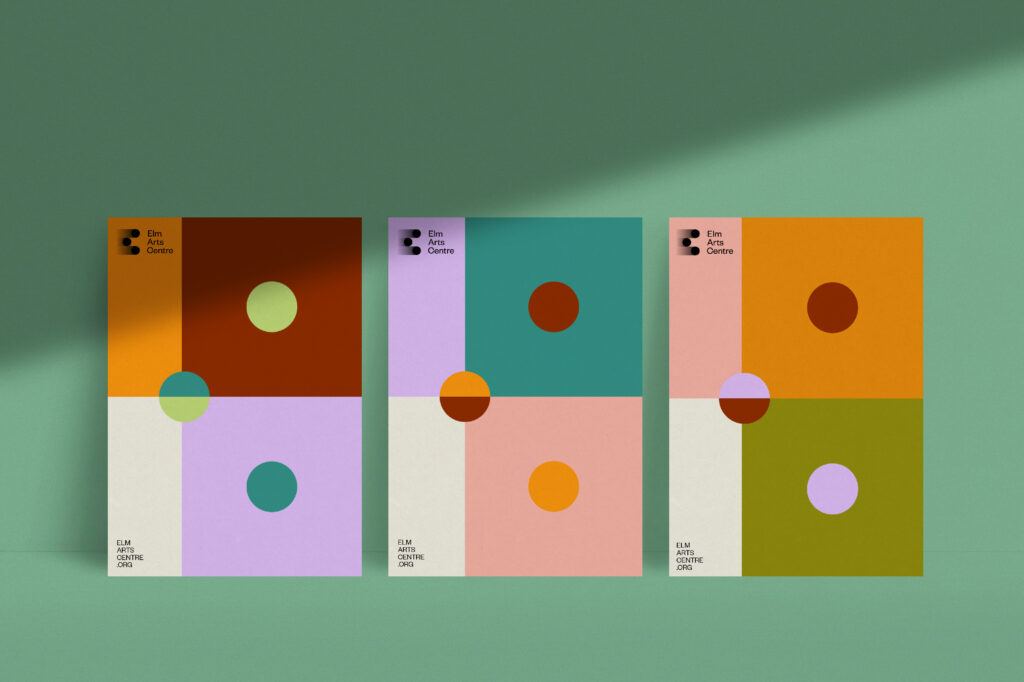
Promoting sustainability
For me, sustainable design means a positive contribution – to society and the planet. It is an ethos that is expressed in your actions, through client communications, studio environment, client list, and sustainable relationships with clients and suppliers.
Sustainability can seem overwhelming at first. There’s no one-size-fits-all solution, but it’s all about being creative and doing research to find the right answers for each unique problem or project at hand. As creatives, we are equipped with an inquisitive and open mindset, and together with our problem-solving skills this gives us an opportunity to make a positive impact.
Ask yourself:
- How can you reduce your environmental footprint, your direct
impact on the environment?
Consider what material you choose to use and in what quantities and where, what and who you use as part of your supply chain. - How can you increase your environmental brainprint, your indirect
impact on the environment by influencing others as a designer or as a design
agency?
If your client has a good idea for a sustainable project or product, could you make this scalable so it has a bigger impact?
Keep in mind, how can you bring sustainability into your projects, even if the client doesn’t specifically ask for it.
You can download my Environmental Footprint and Brainprint checklist as part of my Domestika course: Sustainable Visual Identities: Create a Positive Impact

Fostering wellbeing
Being well both physically and mentally supports our creative selves. It’s the best thing you can gift yourself as a creative, as it will be easier to feel inspired, find joy, and be energised when designing.
Design thinking significantly contributes to overall wellbeing by cultivating empathy, collaboration, and creativity. Its user-centred focus reduces stress through iterative problem-solving and a positive attitude towards learning from failures. Helping others solve problems through design instils a sense of purpose, while self-reflection fosters personal growth and self-esteem, promoting mental wellbeing.
Ask yourself:
- Are there daily rituals that can support and nurture your
creativity?
Cultivating rituals is fundamental to sustaining creativity. Small habits, such as beginning the day without immediately checking your phone or maintaining a daily journal, can nurture a creative mindset. - How can dedicated research and reflection time enhance the quality of your creative work?
The design thinking mindset revolves around curiosity, self-compassion, and a focus on progressing rather than pursuing perfection.
- How can you incorporate rest into your creative journey?
Rest is often underestimated but profoundly essential in design thinking. Taking breaks during the day and stepping away from projects for a fresh perspective can significantly impact creative output.
You can learn more about my creative wellbeing model here: CreativeEcosystem.org
